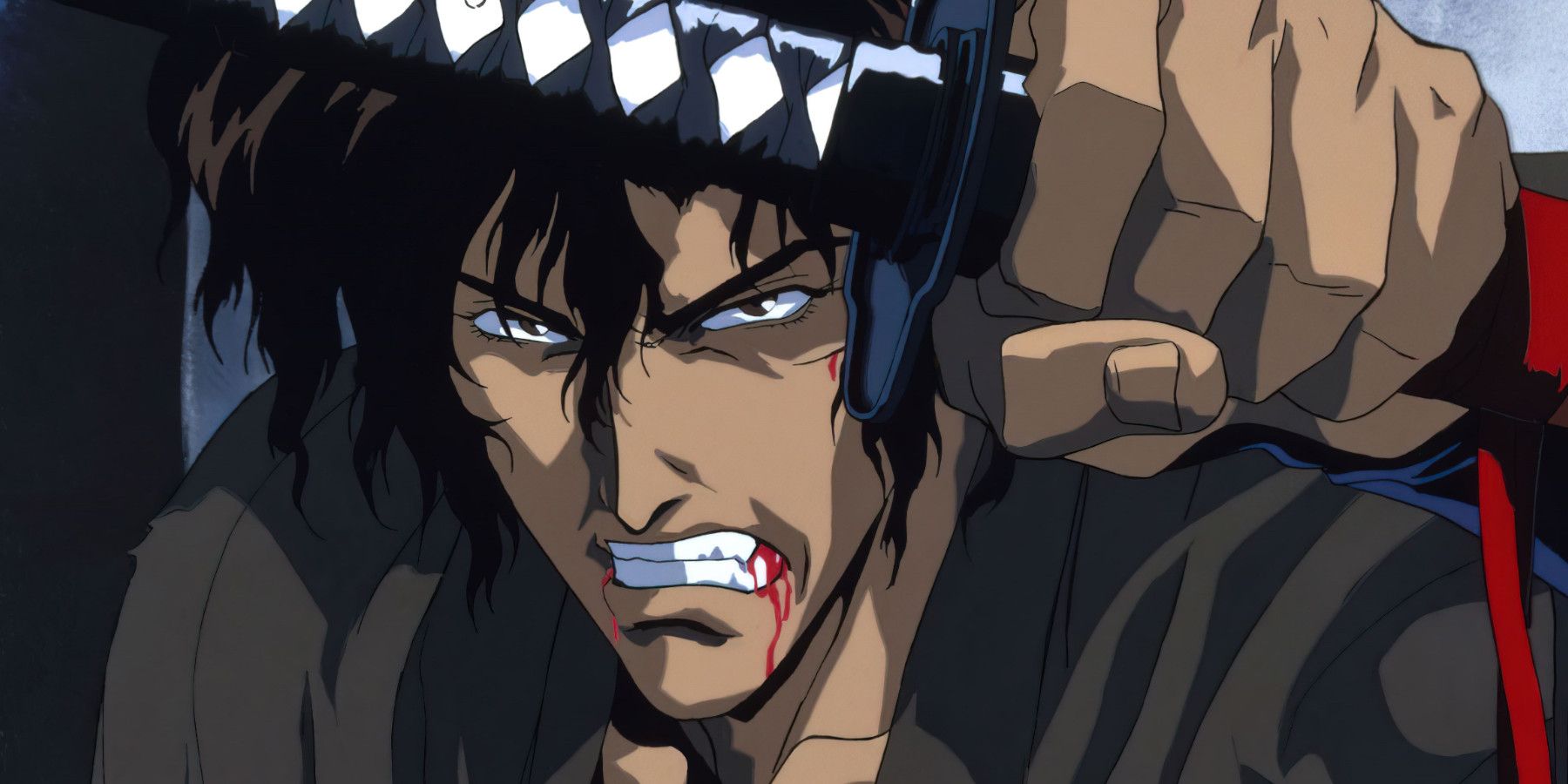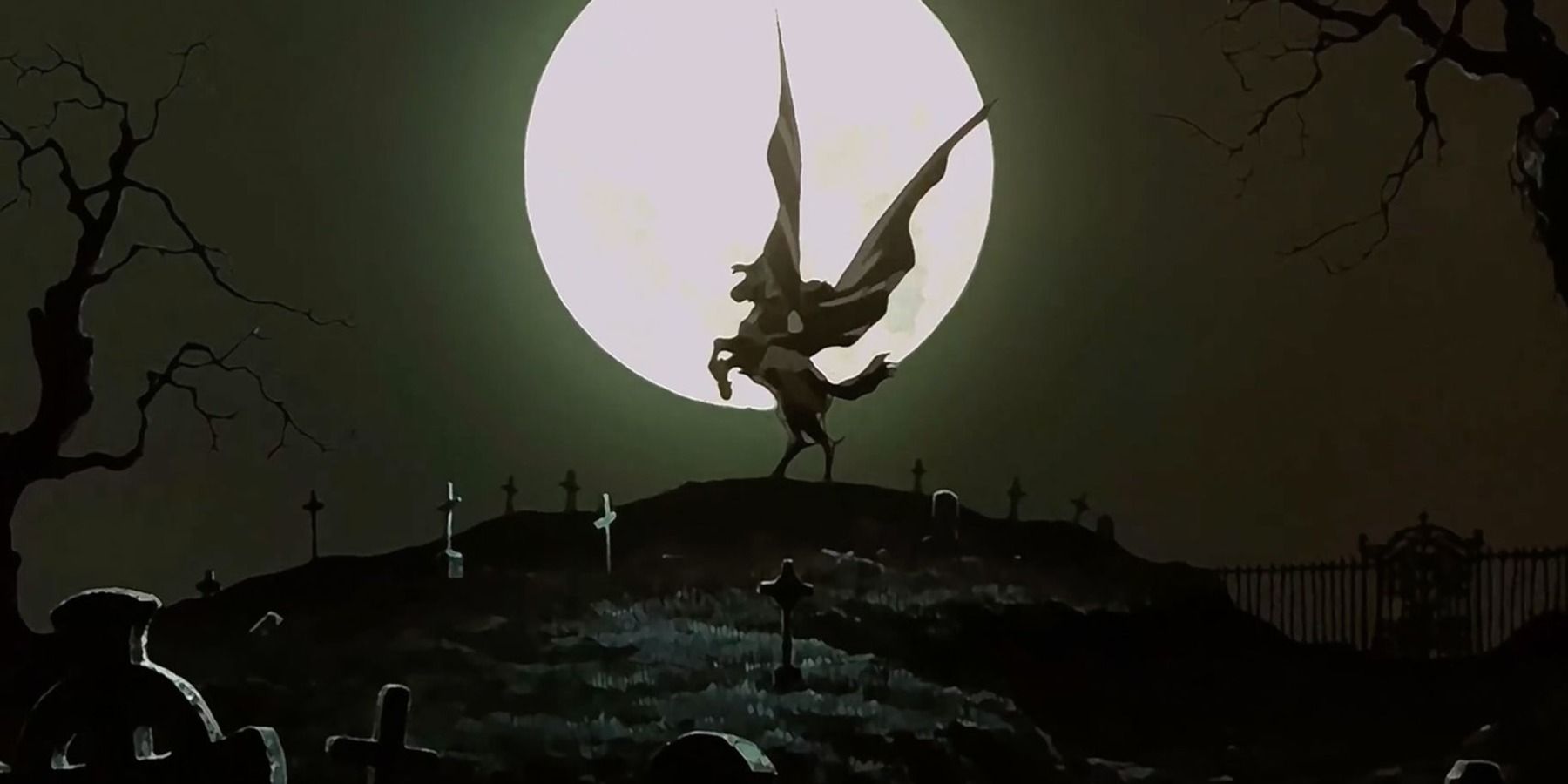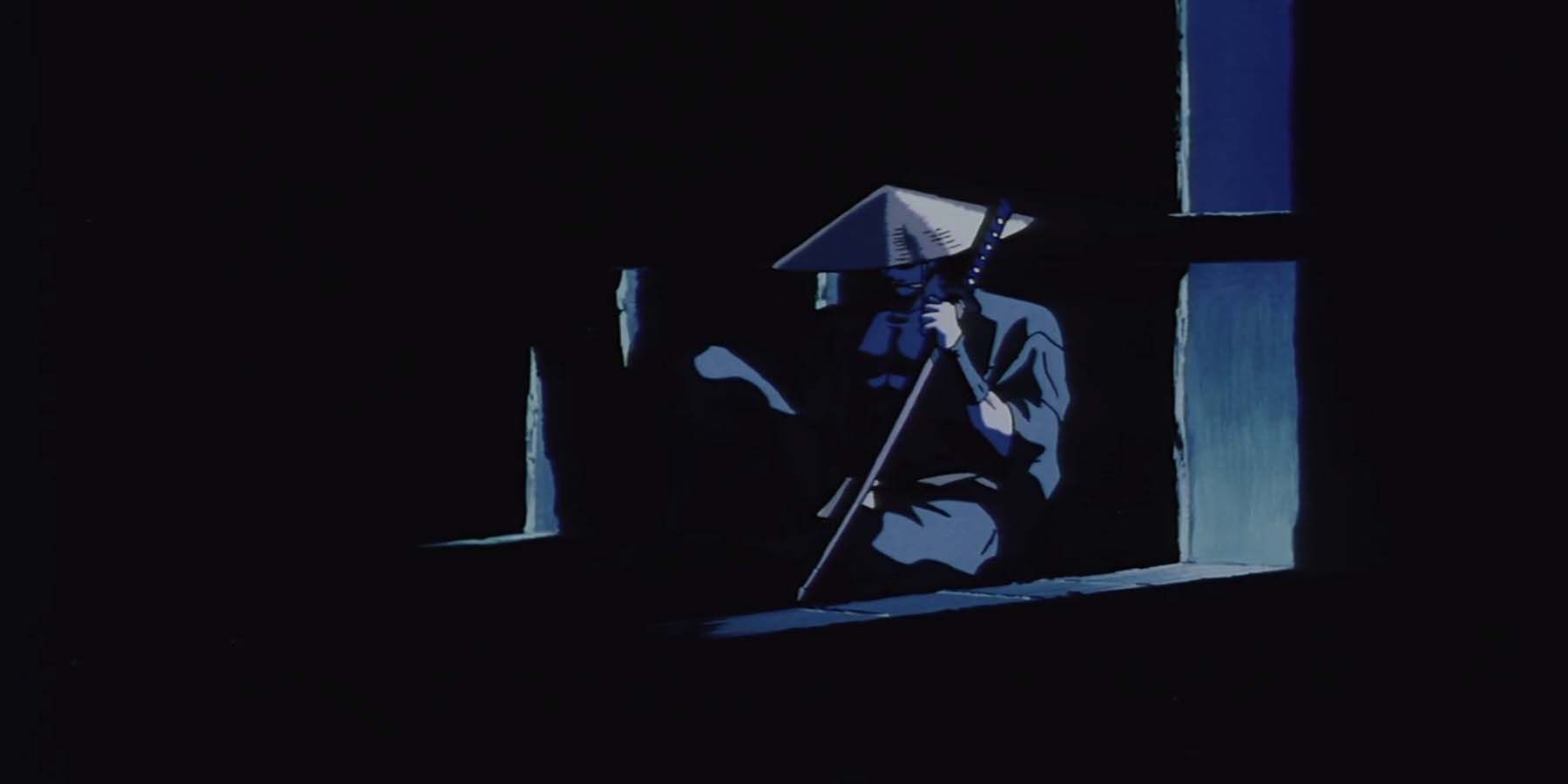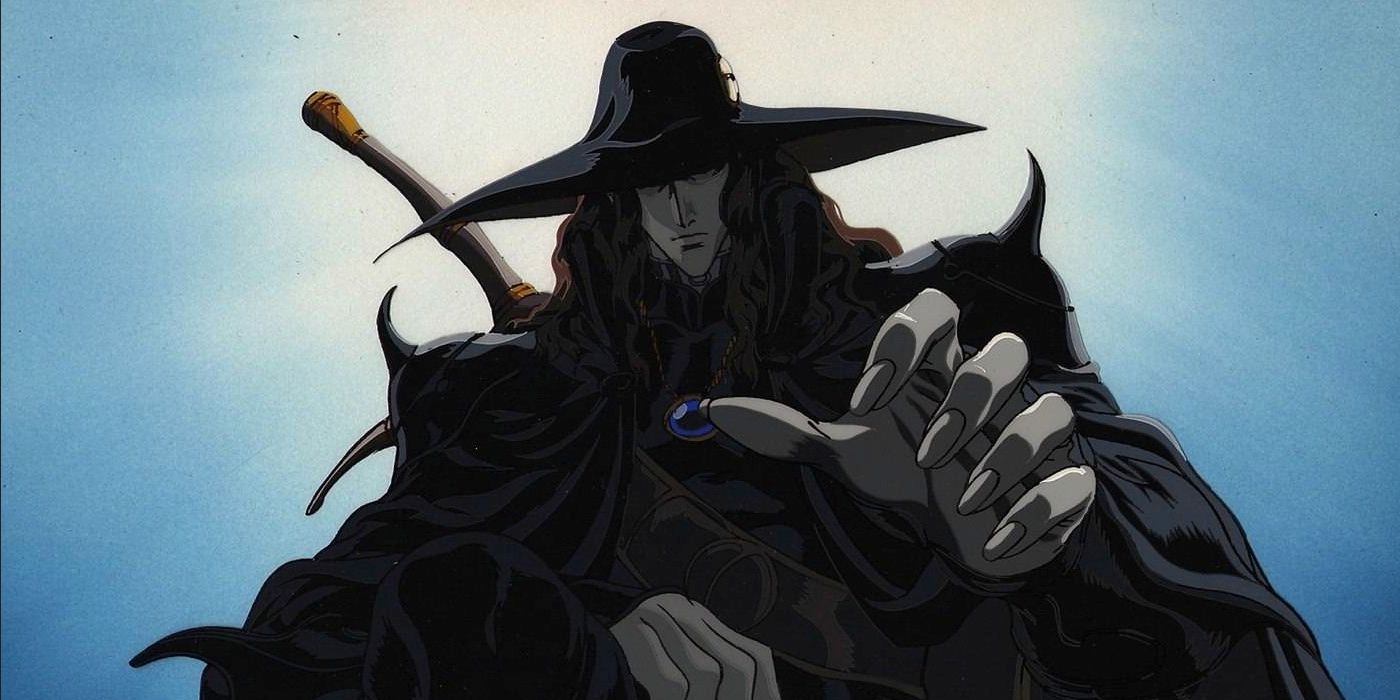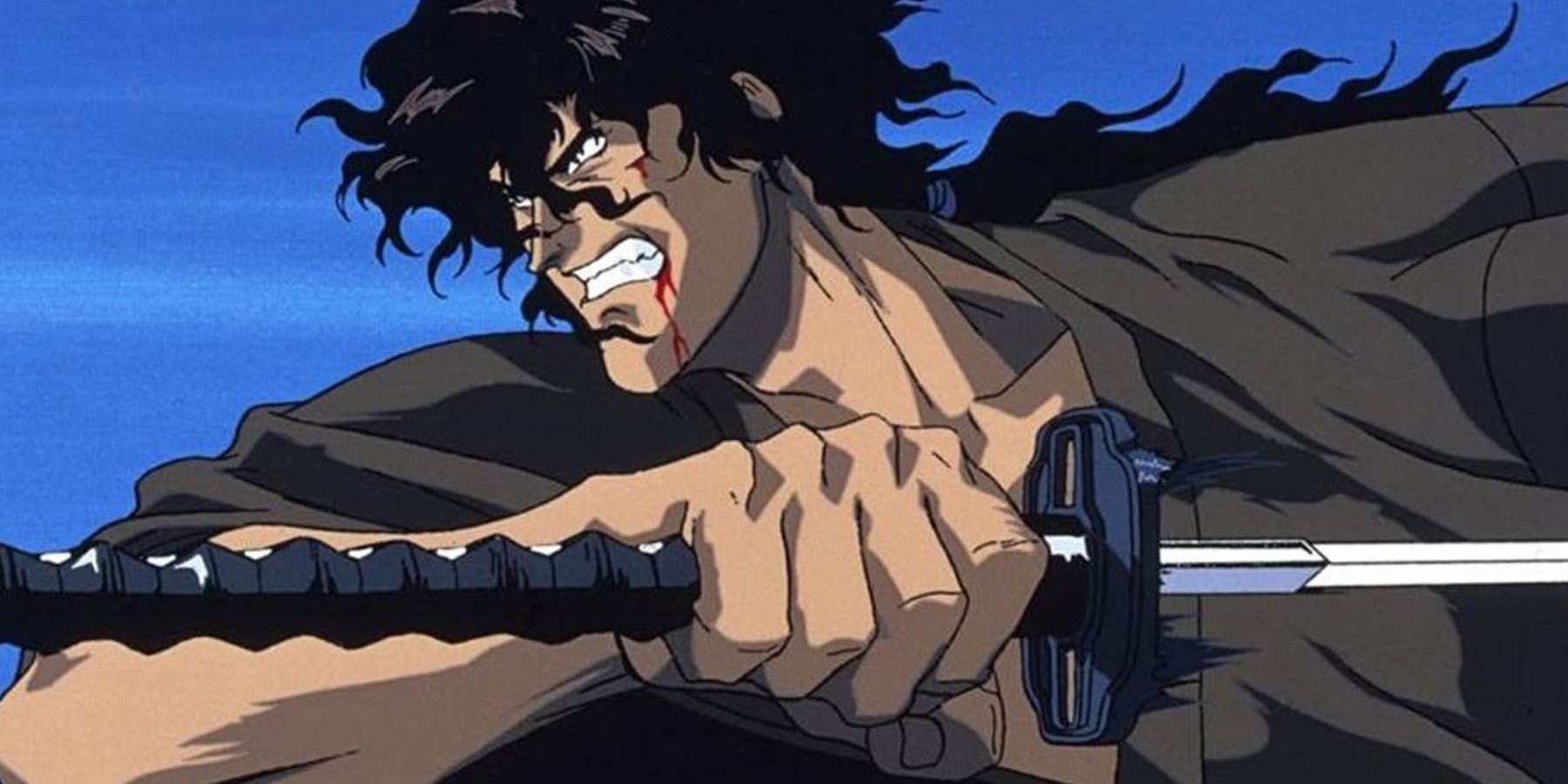Yoshiaki Kawajiri is a frequently occurring name when pouring over studio Madhouse's long and illustrious history, and It's delightful to see him still pop up today, even just to do storyboards. At 71 years old, Kawajiri's films and OVAs helped shape the public perception of the studio he helped create, and contributed to the style that many imagine when they hear "Madhouse."
One of the last animators to work at Mushi Production before its closure, Kawajiri co-founded Madhouse and debuted as a director, finding himself drawn to darker projects and stories. After the success of the violent and pulpy horror that was Wicked City, Kawajiri was given the freedom to pursue original projects with a nearly unmatched and intoxicating visual style.
Kawajiri's Style
Looking back at old trailers for Kawajiri's works really expresses in no small way that their films were products of the 80s and 90s, from the music in the trailers to the stock sound effects. It all feels familiar and campy in retrospect, yet simultaneously it doesn't quite have an equal anywhere else in the medium. Perhaps because it goes so much harder than anything else.
As mentioned previously, he is a director drawn to darkness, as evidenced by the nightmare-inducing body horror of Wicked City. With the creative freedom granted by past successes, Kawajiri made a name for himself by making violent action films that are often fantastical in nature.
While Madhouse's identity has shifted in recent years, it's fair to say that the studio brings to mind specific elements, darker color pallets, thick shading, and film influences crossed with the supernatural. Put simply, Madhouse anime was perceived as something more adult and serious and a lot of that perception is because of Kawajiri's films, which directed with seemingly unrestrained scope.
It's for this reason that these films, despite being labeled "hypermasculine," aren't necessarily marred by occasionally antiquated elements. To be hypermasculine is to fixate on stereotypical male traits like being the strongest or the least emotional, and this does reflect the presentation of Kawajiri's leading men.
Ninja Scroll (1993)
Ninja Scroll might just be the most unhinged demonstration of hypermasculinity within these films. It follows a ronin named Jubei who encounters a female ninja and reluctantly works with them to find the mastermind behind a plague, all while chased by a group of super-powered ninjas. It came out at a time before anime cared about epilepsy, meaning it is riddled with obnoxious strobe effects.
Ninja Scroll, or Jubei Ninpucho, feels formulaic in a very comfortable, almost video-game-like way, where each section of the adventure is broken up by a confrontation with a new villain. Something that makes Kawajiri's vision feel so uncompromising is that he also serves as the character designer. Each antagonist not only has a unique look but a unique power that challenges Jubei in new ways.
Whether in the original Japanese or the cheesy English dub, Jubei has a lot of charisma that makes him easy to root for. His opponents are superhuman and on a far different level than him, but he's a quick thinker and a talented swordsman. His being comparably "normal" helps the action feel that much more satisfying when he outsmarts a foe.
Vampire Hunter D: Bloodlust (2000)
Bloodlust is a grander story than Ninja Scroll, in that it isn't quite as clear-cut, and plays around with a great many more ideas, some more fleshed out than others. The film is about D, a half-human, half-vampire known as a Dhampir, who travels the land hunting monsters and vampires. When he's sent to rescue a woman kidnaped by a vampire, he becomes hunted himself.
D himself is a far more powerful character than Jubei, but like Jubei, his humanity is both a weakness and a powerful strength. While not quite as charismatic, his cool and soft-spoken demeanor is disarming. The futuristic world it inhabits is enchanting and its story's forays into romanticism are far more genuine than that of Ninja Scroll. That said, its conclusion might be underwhelming to some.
A Hit in the West
Kawajiri's filmography was acclaimed in Japan, but his works are also easily some of the easiest sells to an American audience of the 90s, ever. It's the kind of film one could imagine discovering among their father's DVD collection from the mid-90s. Not only were these films imaginative and unrestrained visions of creative action storytelling, but they were also simple at their core, reminiscent of popular films in the west. It's well-documented that the Western genre is heavily based on the works of Akira Kurosawa and films about Samurai. These tried and true, timeless tales of wandering heroes transcend cultures, have been explored in numerous ways, and continue to be explored in new ways within new contexts.
Ninja Scroll and Vampire Hunter D, in particular, are - at their core - adventure films about mysterious, traditionally masculine protagonists. Bloodlust might not be a samurai or a western, but its post-apocalyptic world plagued by creatures of the night is merely a gothic arrangement of an established story. The leads of these films aren't all that complicated, but they are undeniably cool and joined by a female companion who is strong-willed but perhaps out of their depth.
The kind of stories these films tell are is easy to latch onto, but what makes them stand out is how they are told, and the imagination that went into them. The animation sometimes feels like it's showing off, with smooth and fluid motions animated on 1s (24 frames a second). Plus, the shading and the level of detail in each frame makes every moment feel like a striking painting in motion, in ways that aren't seen in a lot of modern animated film.
Where Kawajiri's hyper-masculine approach to storytelling can stray into overindulgence resides the sexual content and the treatment of female characters. To their credit, female characters in Kawajiri's works are fairly cool themselves and hold their own in combat, but the writing can also often paint them as sex objects.
In Ninja Scroll, Kagero, the ninja with whom Jubei journeys, is the target of many antagonists who wish to sexually assault her. This frequent element is only revealed to be plot-relevant when it's revealed that her body is poisonous. It's an uncomfortable choice that plagues the film all these years later, especially with how her romance with Jubei plays out. Leila from Vampire Hunter D fares far better, not being the target of any leering male gaze, and overall is one of the better parts of the film. The sexual content won't be a bother to everyone, but viewers should be aware of that element going into it, especially in the case of Ninja Scroll, where sexual assault is quite common.
Altogether, these films harken back to a time when anime began to seep into western culture and were fawned over for how different and distinct it was from typical western animation. Kawajiri himself went on to direct shorts for The Animatrix and Batman: Gotham Knight, continuing to lend his style to international projects through Madhouse. Kawajiri's ultraviolent, imaginative heroes' journeys not only succeeded because they appealed to international audiences. They were visual masterpieces that represent the best of what anime was capable of at the time. And though there have been plenty of excellent anime films since, there have been very few quite like these.

